The Half-Life franchise contains some of the best and most beloved video games ever made. While the vast majority of the series is very good, they can’t all be equally great. Let’s rank ‘em!
Before this list starts, a bit of housekeeping. First, this list omits Deathmatch Classic, because that’s more of a Half-Life multiplayer mod developed by Valve that just happens to contain some Half-Life assets. Half-Life Deathmatch Source is also not on here, because it’s just a rerelease of Half-Life’s original online mode, which wasn’t a separate game originally. This list is just Half-Life games. Not games that are set in the Half-Life universe but aren’t actually Half-Life games. So Portal 1 and 2 aren’t on here. Lastly, Black Mesa isn’t on here. We debated including it, but decided to keep it off the list. It’s a wonderful remake and if you want to play Half-Life 1, but are put off by the old visuals and design choices, I’d recommended giving Black Mesa a go. But considering its fan-made roots and the fact that it is mostly a remake of Half-Life 1, we decided it was worth mentioning but didn’t need to be ranked.
With all that out of the way, here’s our list ranking Half-Life games, from worst to best. (And no spoilers in this list.)
11. Half-Life 2: Survivor – June 2006
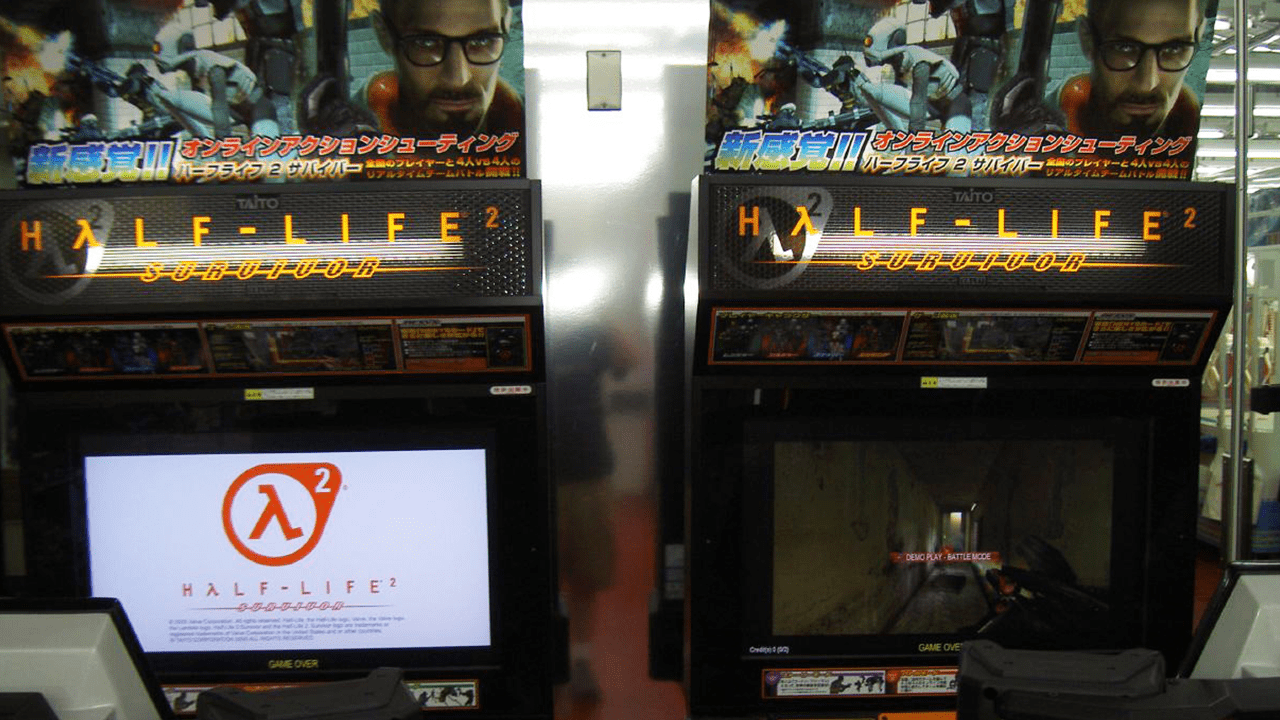
An arcade-only Half-Life game is weird. An arcade-only Half-Life game developed by Taito and released exclusively in Japan is even weirder. But that’s exactly what Half-Life 2: Survivor is and it’s all so… strange. It includes an odd multiplayer mode not seen in any other Half-Life game, some cut content from Half-Life 2, like a sniper rifle, and a lot of zombies. It’s not a bad arcade game, but it’s almost impossible to compare to the rest of the games on this list, so it ends up here. A weird novelty.
10. Half-Life 2: Deathmatch – November 2004
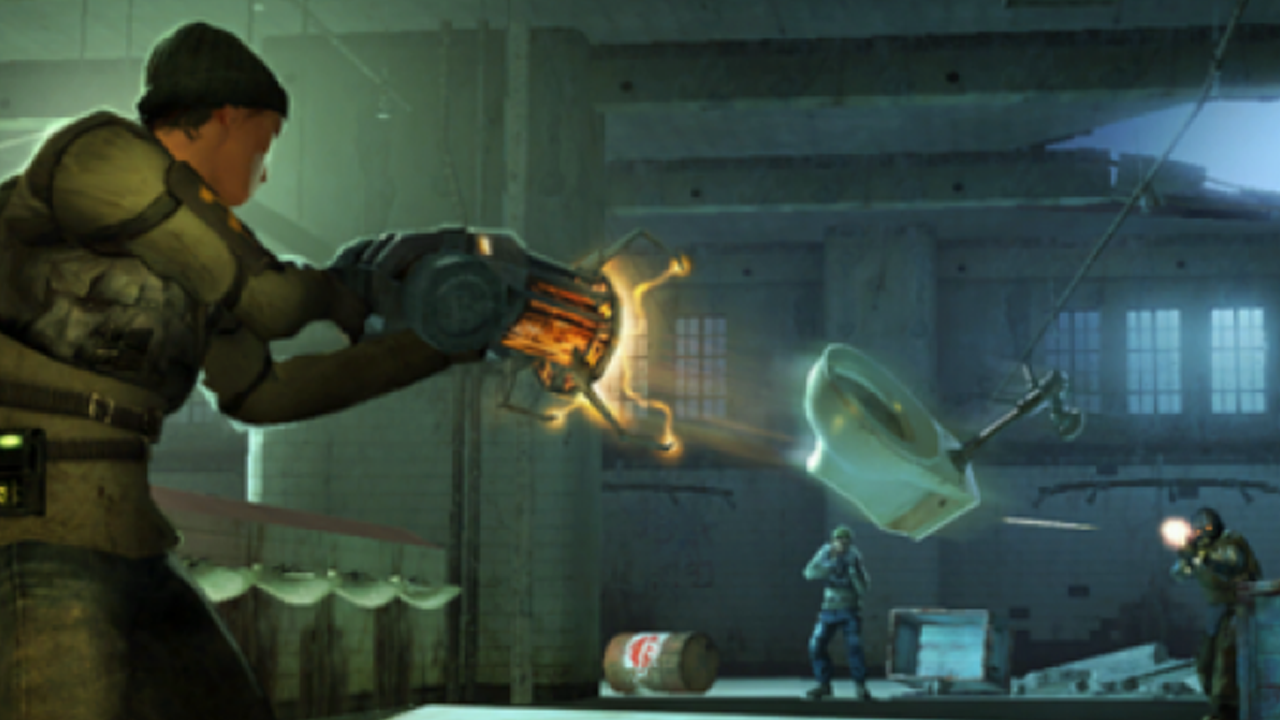
Built in Source and using assets from Half-Life 2, HL2 Deathmatch is a multiplayer shooter developed by Valve and released as a separate product. It was fun. Using the gravity gun in multiplayer meant you could kill people with random objects. And HL2 Deathmatch would end up being important for multiplayer mods built using the Source engine, providing fans with useful features in the engine. However, it’s fairly simple, lacks any story, and is mostly a ghost town in 2021.
9. Half-Life: Decay – November 2001
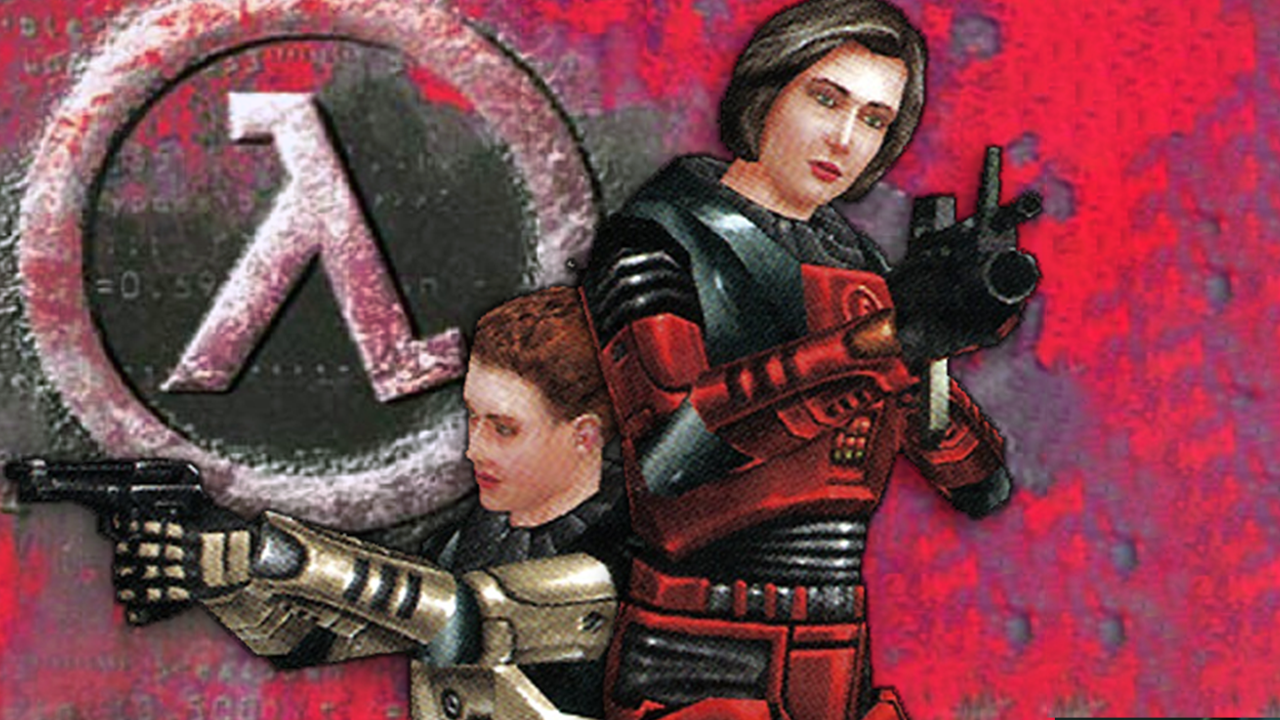
When Gearbox ported Half-Life to the PS2, they also created a new mini-expansion for the console version. This was Half-Life: Decay, a co-op game focused more on puzzles. Of the Gearbox-developed Half-Life expansions, it’s the most different from the main Valve-developed Half-Life. It’s a short side adventure set during the events of Black Mesa and starring two women who are colleagues of Dr. Freeman. And while it was never officially ported to PC, fans have done the work and you can now play it on your computer with online play, something the PS2 port didn’t support.
8. Half-Life 2: Lost Coast – October 2005
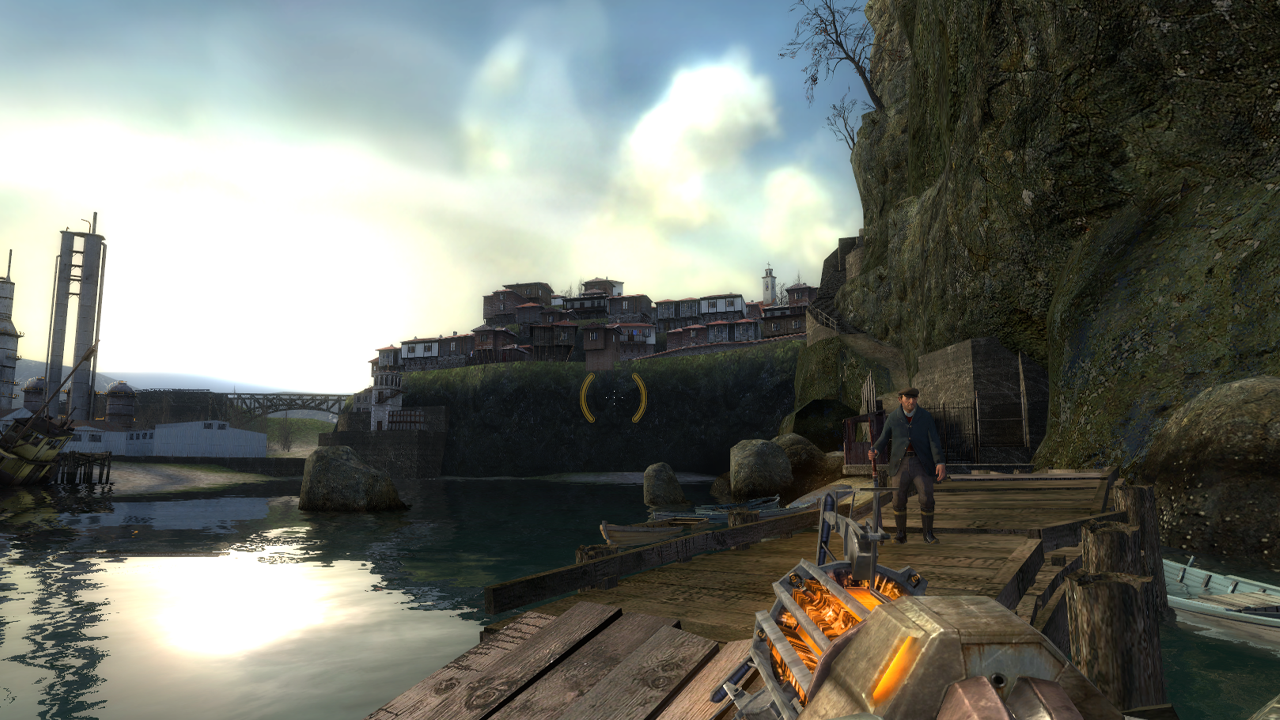
Yes, before you say it in the comments, Lost Coast is BARELY a game. I know. It’s just one level that was cut from Half-Life 2 but repurposed by Valve, later on, to show off HDR in Source. Here’s the thing, though. It looks really good and is a nice, condensed slice of what I love about the Half-Life 2 games. Some combat, some puzzle solving, some weird lore about eating alien leeches (gross), and a nice big finish. If you haven’t played Lost Coast and love Half-Life, stop reading this list and go grab it. It’s free if you own Half-Life 2 on Steam.
7. Half-Life: Blue Shift – June 2001
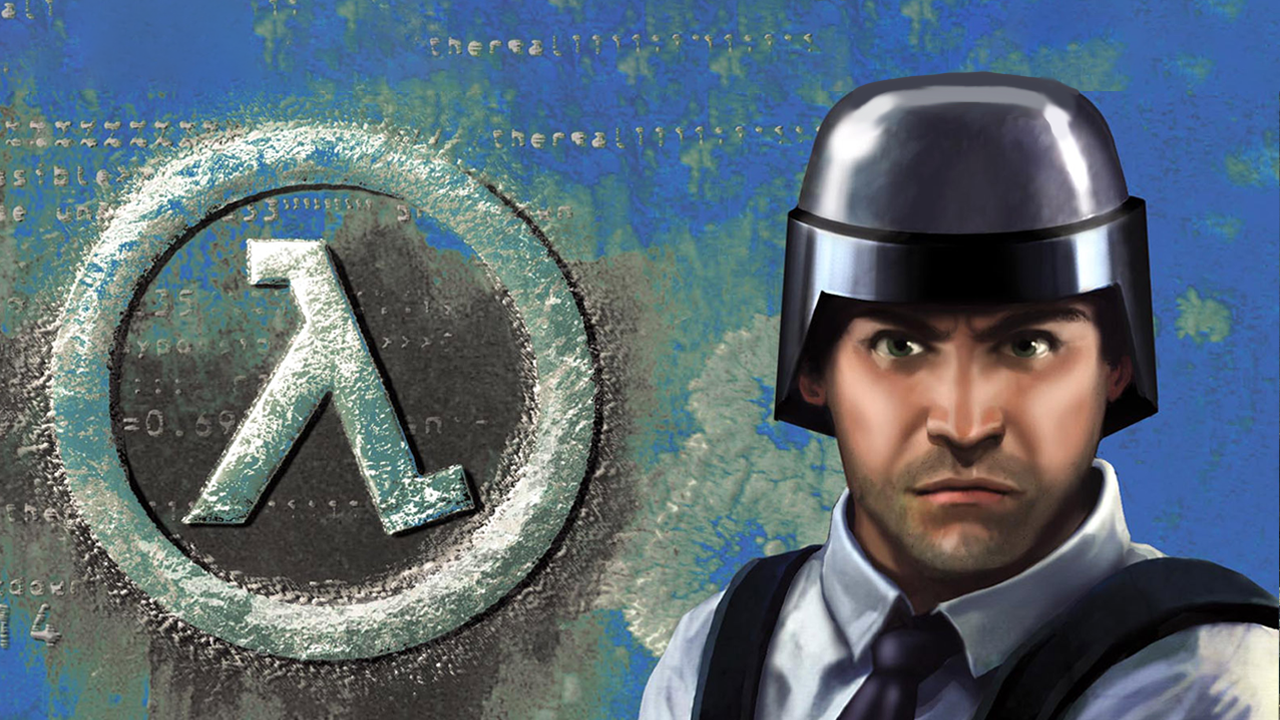
I’m always surprised by how many folks dislike the Gearbox-developed Blue Shift. I agree it’s too short and doesn’t do anything drastically new with the Half-Life engine or world, but it’s not bad. And playing as a non-scientist at Black Mesa gives you an interesting new insight behind the scenes of that place. Turns out, security guards get treated badly. Also, you finally find out the identity of the security guard locked out at the start of Half-Life’s famous tram ride. It was you! (Well, Barney actually.)
6. Half-Life 2: Episode 1 – June 2006
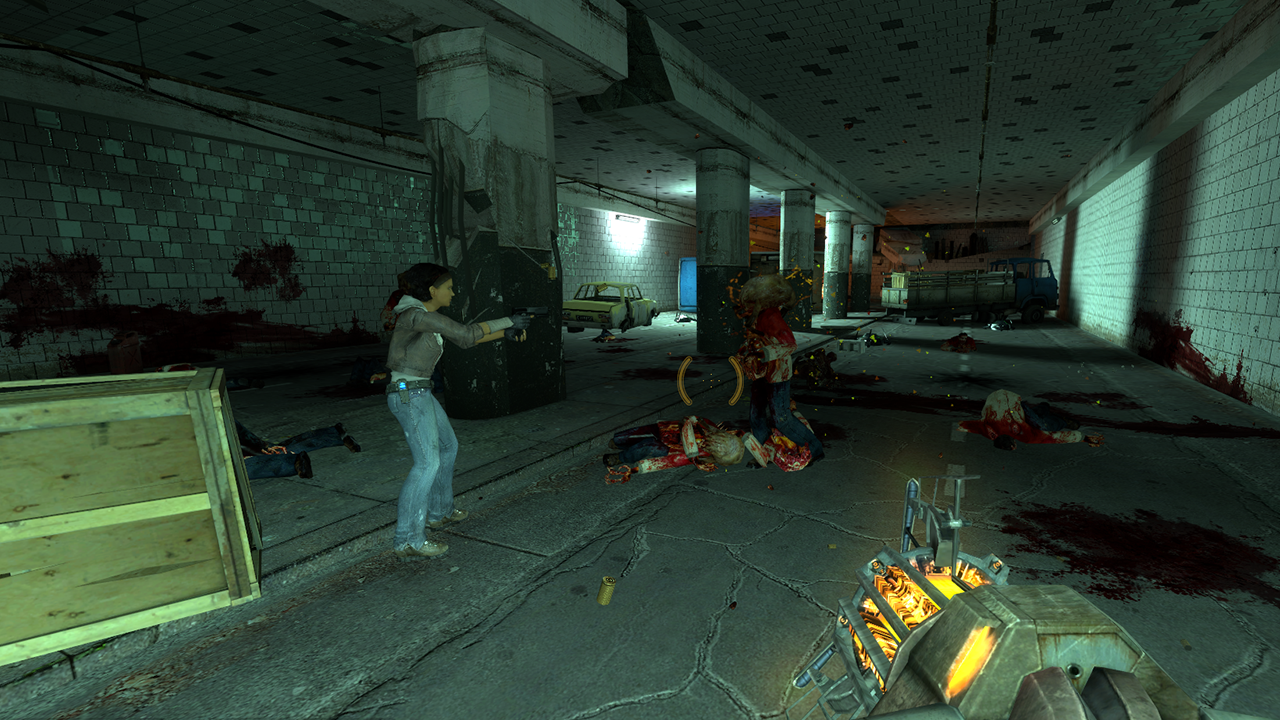
Long ago, Valve had grand plans to release various Half-Life 2 episodes. The idea was that these would be faster and easier to develop. Fast forward to 2021 and we all know how that went. We got two episodes, and it took longer than expected and ended on a cliffhanger. Episode 1 is the first of these two smaller games, set after the events of Half-Life 2. Episode 1 is great, but ends up leaning too heavily on the City 17 visuals, assets, and urban gameplay seen first in HL2. So it doesn’t feel fresh enough and my memories of it blend together with HL2. But even if it’s not as memorable as HL2 or some other Half-Life titles, it’s still a Valve-developed Half-Life game. These things, why they do take time, are rarely bad.
5. Half-Life: Opposing Force – November 1999
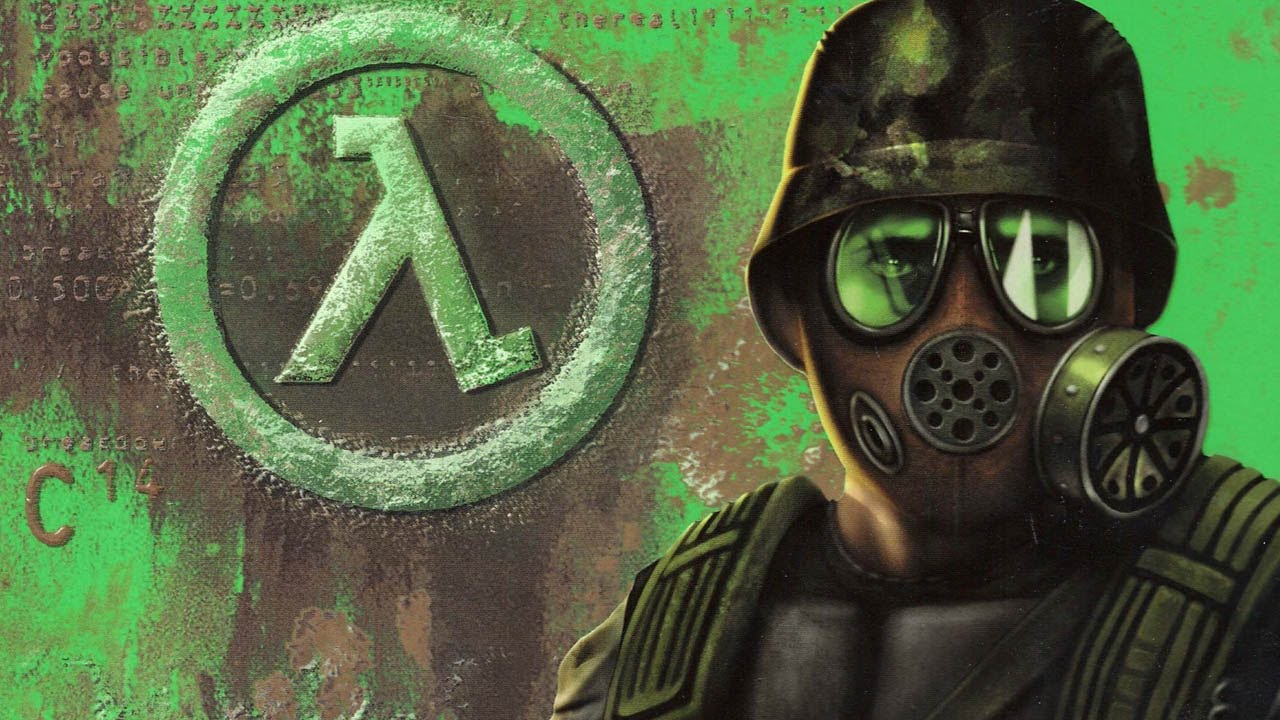
As a giant Half-Life dork, I’ll admit that it took me longer than you might expect to finally come around on the Gearbox-developed Half-Life 1 expansion Opposing Force. For years I found the military angle boring. We get a lot of military shooters, why turn Half-Life into one? But more recently, I’ve replayed OpFor and it’s more than just a military shooter set in Half-Life. The new Race X enemies who wield new weapons, like an organic shock rifle, and use teleportation as a combat tool. These new aliens add an additional wrinkle to the classic combat of HL1. The new weapons give you more options, and the ability to command a squad of marines makes you feel like a totally different character than Freeman. He was a lone wolf trying to survive. In Opposing Force, you’re a soldier with skills, a squad, and a mission.
4. Half-Life – November 1998
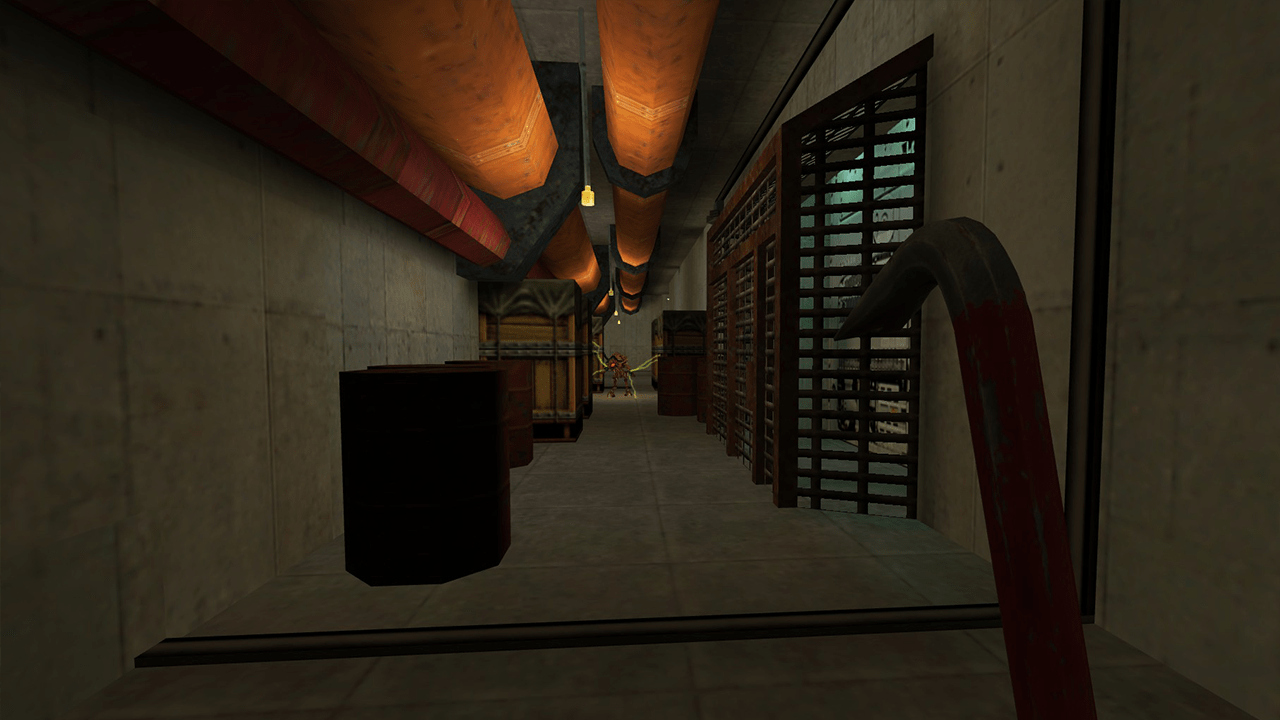
This is the game that started it all and one that I go back to regularly. It still feels good to run around while shotgunning zombies and gunning down soldiers. The intro tram ride is one of the most iconic video game openings ever, and at the time was wild. A shooter that didn’t start with shooting?! Sadly, unlike its sequel, Half-Life hasn’t aged as well both visually and in design. The ending levels set in Xen straight up suck. (I revisit the game a lot, but rarely beat it anymore.) I still find myself excited to play Half-Life even in 2021, which is a testament to how finely crafted most of that game is.
3. Half-Life: Alyx – March 2020
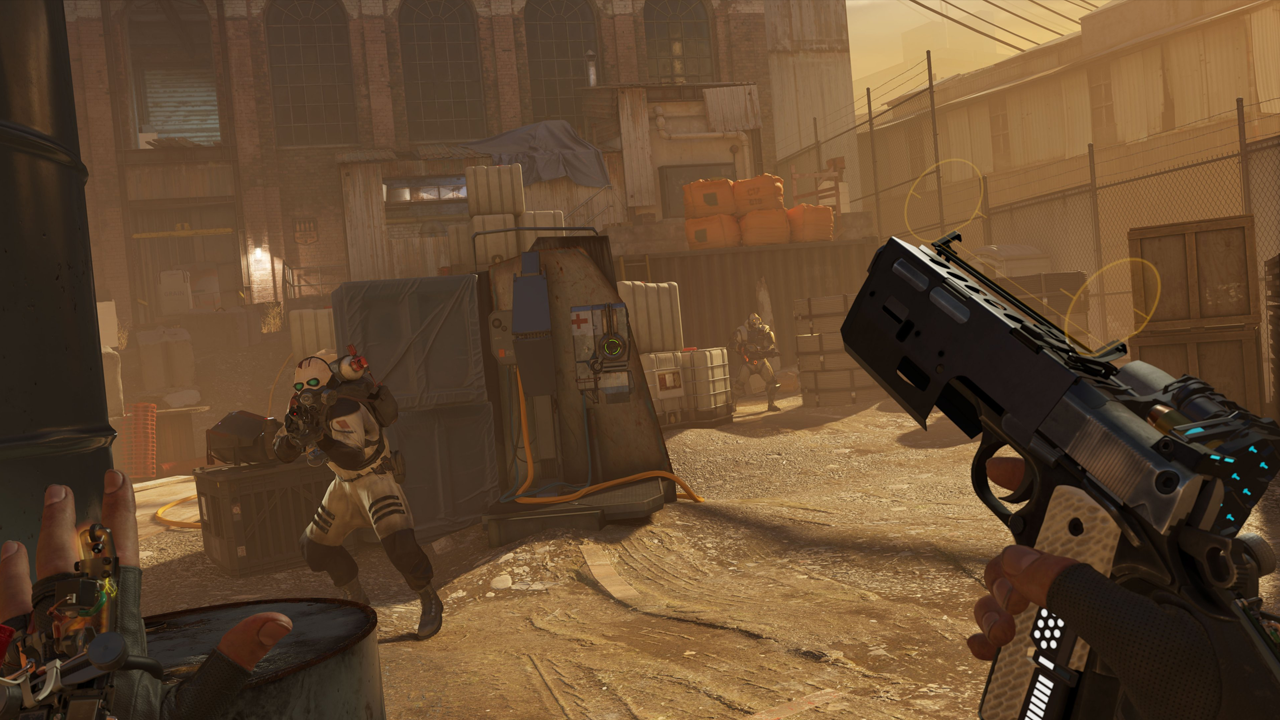
Put your pitchforks down. I know, I KNOW. You might be angry at us for placing the newest Half-Life game, a VR game no less, above all those previous games, including the original Half-Life. But also, Alyx is genuinely amazing. Few games stick with me as deeply as Half-Life: Alyx. Yes, it sucks that so many folks can’t play it. But that doesn’t change how great Alyx is and how important this game will be for the future of VR. People will be stealing ideas and mechanics from this thing for years to come. And that ending… I waited a long time for that ending, and it didn’t disappoint.
2. Half-Life 2 – November 2004
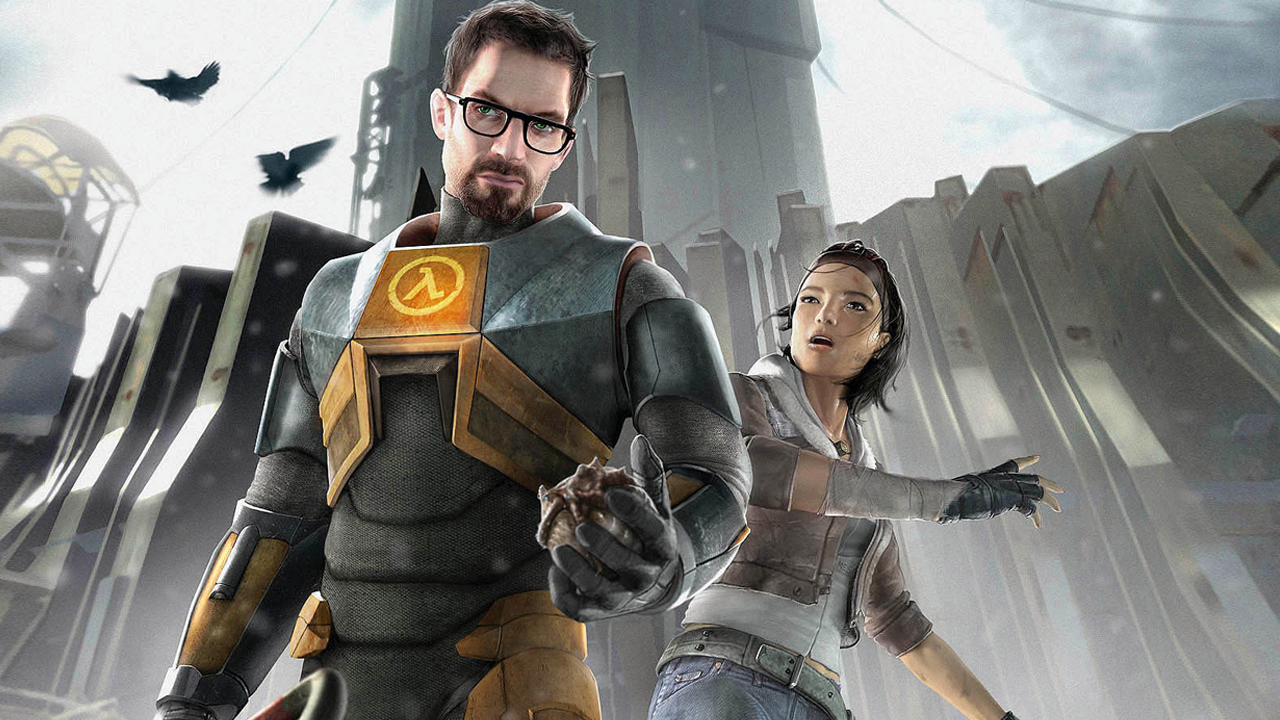
Half-Life 2 might be one of the most important video games ever made. Its contributions to modding, game development, and fandom are too numerous to list. And what’s sometimes forgotten today is that HL2 is an amazing game on its own, divorced from its legacy. From start to (nearly the) finish, it’s great. Then you reach the final levels set in the big Combine Citadel and it starts to fall apart, but before that it’s amazing. Ravenholm. Highway 17. Striders. The gravity gun! The only reason Half-Life 2 isn’t number one on this list is that, well, Valve went and made an even better game after this.
1. Half-Life 2: Episode 2 – October 2007
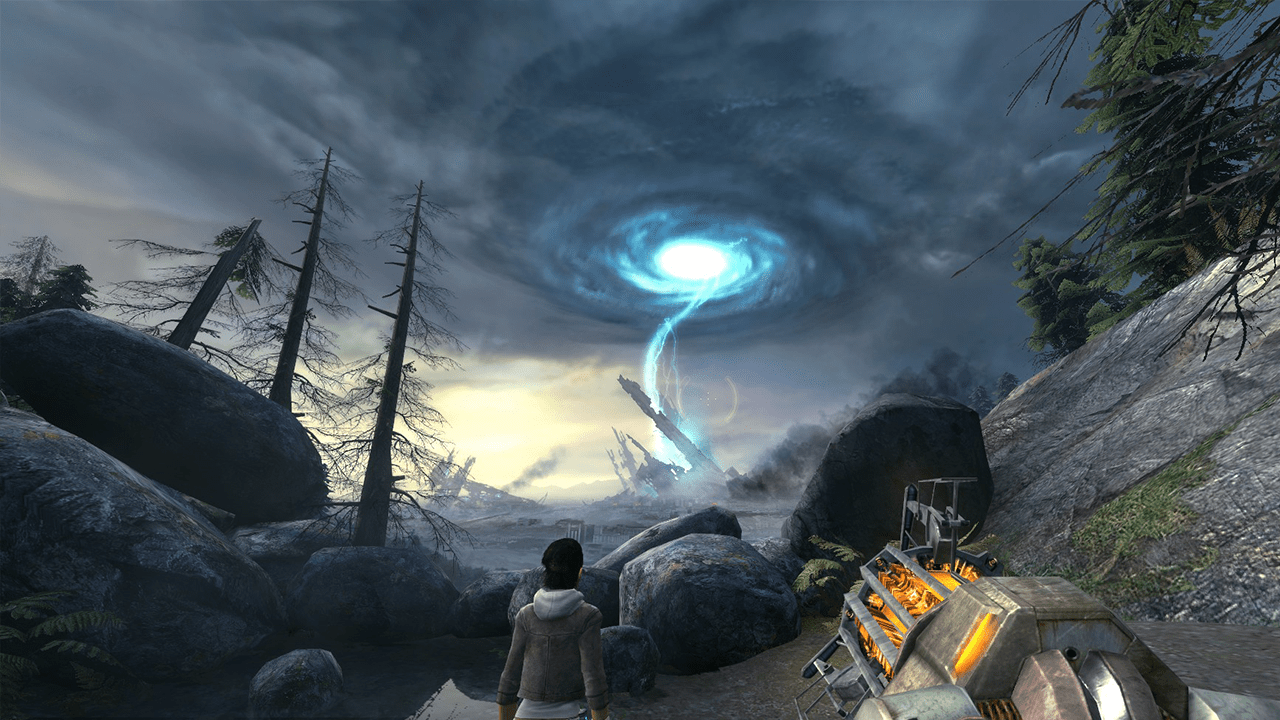
Episode 2 took the core gameplay and engine of Half-Life 2 and moved it to a bigger, more open world. It’s essentially a giant road trip and you, as Gordon Freeman, are free to go as fast or slow as you want. You can easily spend many hours just exploring the areas you encounter on your journey to a human resistance base. And while the dune buggy in Half-Life 2 was annoying, the new muscle car in Episode 2 is a beast and a blast to drive. Episode 2 also ups the stakes narratively and includes new enemies to fight, like the scary and deadly Hunter.
It does end with a somewhat annoying combat and driving section, but that’s just a common trope in Half-Life games: bad final levels. More frustrating is the actual ending, which is a big cliffhanger. We were supposed to get an Episode 3. That never happened, and while 2020’s Alyx is great, I still hold out hope that a new game, set after Episode 2, will still be released. Maybe call it, I don’t know, Half-Life 3. Just spitballing here. Until then, I’ll just replay Episode 2. Again. For the 20th time.
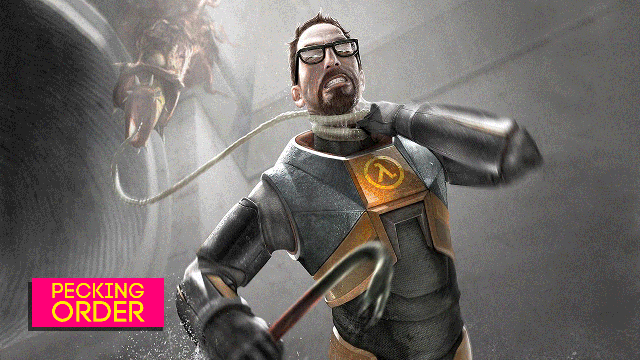
Leave a Reply